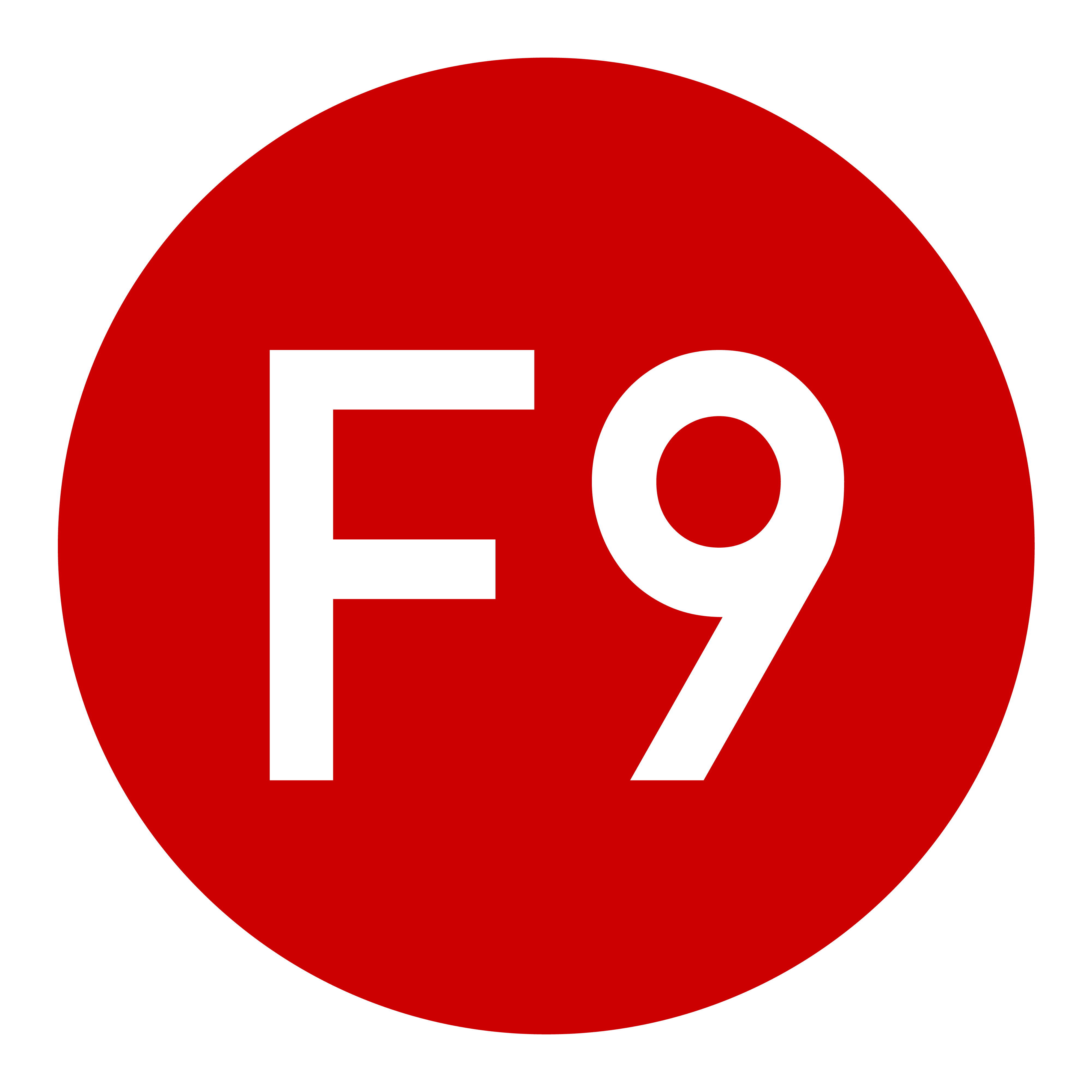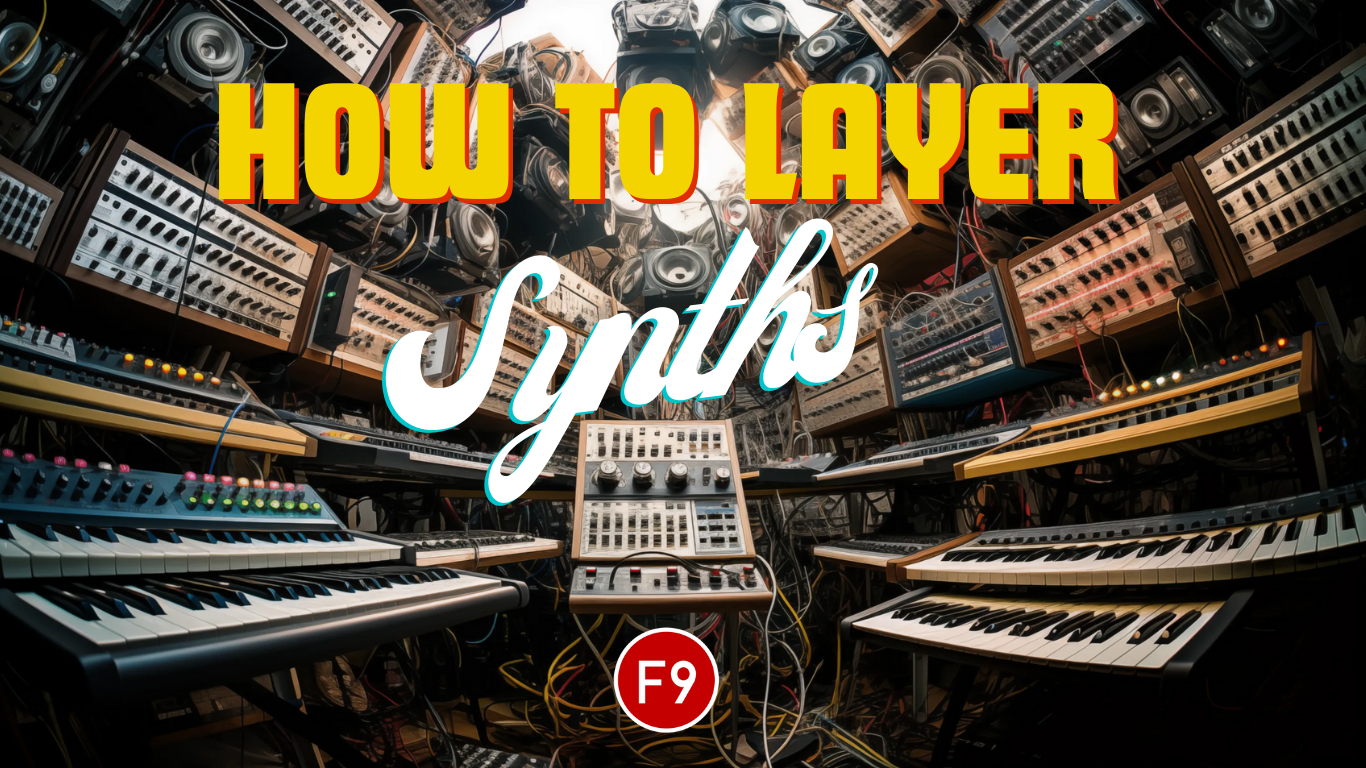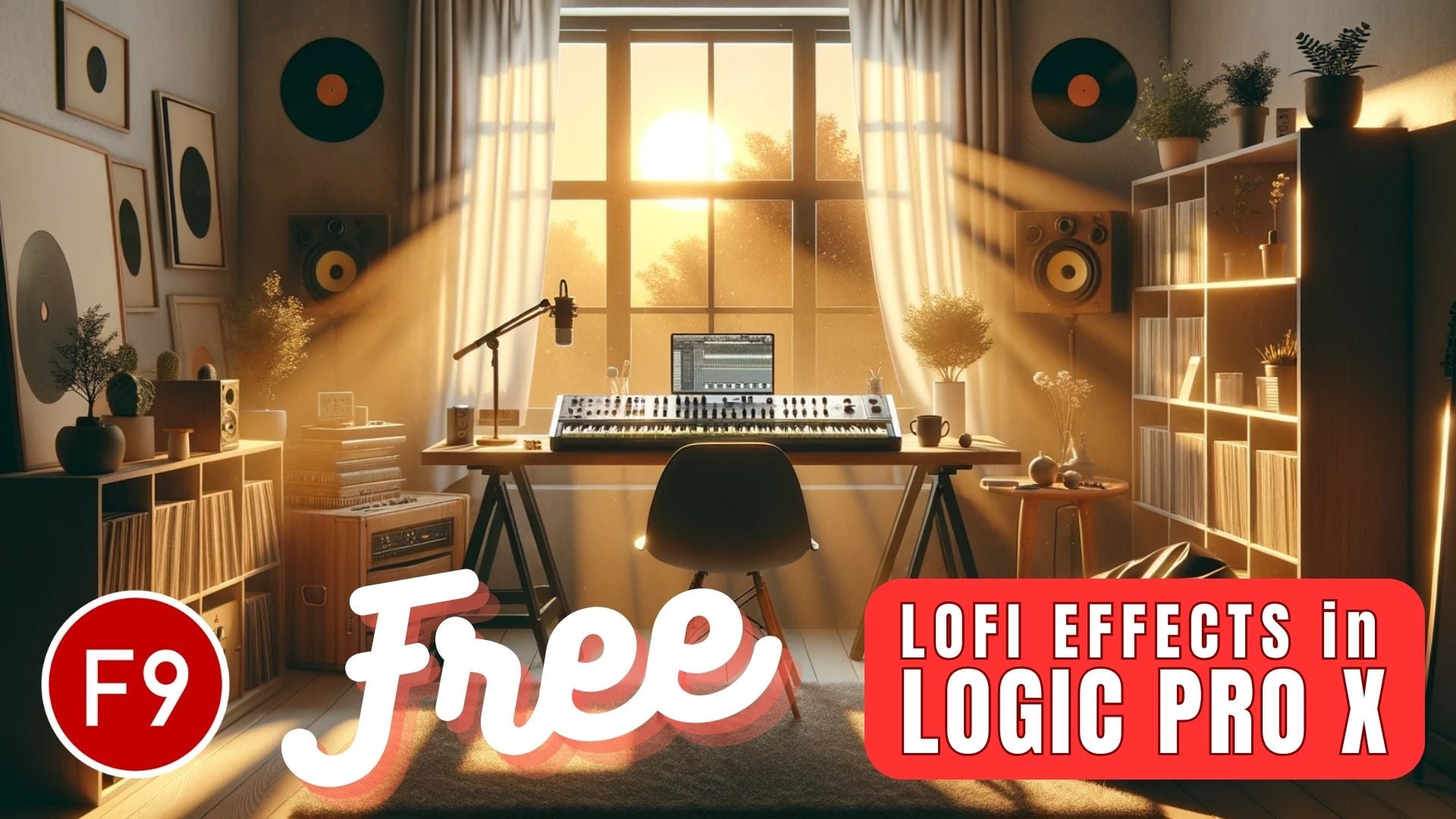Have you ever wondered how to layer different synth sounds effectively? In this post, we'll delve into some of my favorite tricks and techniques for layering synth sounds, particularly focusing on bass instruments.
Let's start with a practical approach. I recently experimented with four bass patches from the new F9 Mercury P5 collection. When layered together, these patches create a rich, complex sound. To understand this better, it's helpful to visualize the stereo field and frequency range. Imagine a diagram where the lower limit of human hearing (20 Hz) is at the bottom and treble frequencies (20 kHz) at the top. The central line represents the middle of the stereo field, with natural extremes on either side.
A key strategy is creating a solid, mono core of bass information around the 150 Hz mark. Below this line, our ability to pinpoint the position of a sound diminishes, so it's crucial to keep this area mono. The next step involves adding another sound to fill up more of the stereo field, and then using additional sounds to push slightly beyond the stereo range.
When processing these sounds, it's essential to manage frequencies carefully. For example, for the core mono bass, ensure it's completely mono by reducing the stereo width to zero. Other patches, like the Cobalt bass, can be processed differently in the middle and sides to create a unique stereo effect.
Using mid-side EQing is a fantastic way to sculpt your sound. By applying different EQ settings to the mid and side channels, you can enhance the stereo image while maintaining a solid bass presence. This technique is particularly useful when layering similar sounds. For instance, if you have two brass patches that you want to layer, consider panning them slightly to the left and right, respectively, to create a sense of width and depth.
Bitwig Studio stands out for its functionality in this area. Its frequency splitter allows you to divide a sound into multiple bands, each of which can be processed independently. This level of control is phenomenal for crafting layered, complex sounds.
In conclusion, the key to successful synth layering is contrast. Whether it's mono vs. stereo, single vs. multiple oscillators, or percussive vs. soft attacks, contrasting elements will bring your mix to life. Experiment with these techniques in your next session and see how they transform your sound design!




Leave a comment
This site is protected by reCAPTCHA and the Google Privacy Policy and Terms of Service apply.